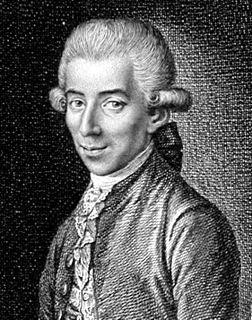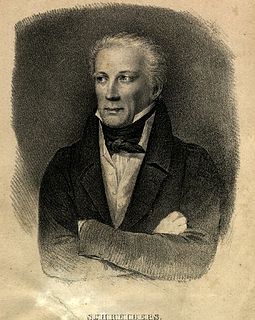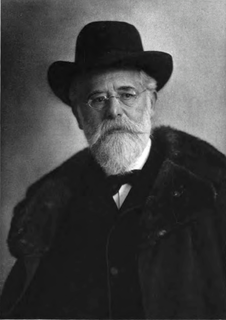 W
WMatthias Joseph Anker was an Austrian mineralogist and geologist born in Graz. Some sources place his birth date as May 1, 1772.
 W
WFriedrich Johann Karl Becke was an Austrian mineralogist and petrographer.
 W
WIgnaz Edler von Born, also known as Ignatius von Born, was a mineralogist and metallurgist. He was a prominent freemason, being head of Vienna's Illuminati lodge and an influential anti-clerical writer. He was the leading scientist in the Holy Roman Empire during the 1770s in the age of Enlightenment.
 W
WAristides Brezina was an Austrian mineralogist born in Vienna.
 W
WWilhelm Karl Ritter von Haidinger was an Austrian mineralogist.
 W
WKarl Eduard Hammerschmidt, also known as Abdullah Bey, was an Austrian mineralogist, entomologist, and physician.
 W
WAdelheid Kofler née Schaschek was an Austrian inventor, mineralogist, and ophthalmologist. She was an early Ph.D./M.D. graduate from the University of Vienna.
 W
WOskar Lenz was a German-Austrian geologist and mineralogist born in Leipzig.
 W
WCarl Friedrich Christian Mohs was a German geologist and mineralogist. He was the creator of the Mohs scale of mineral hardness. Mohs also introduced a classification of the crystal forms in crystal systems independently of Christian Samuel Weiss.
 W
WAlbrecht Schrauf was an Austrian mineralogist and crystallographer.
 W
WCarl Franz Anton Ritter von Schreibers was an Austrian naturalist who was a native of Pressburg, Hungary, Habsburg Empire.
 W
WAnton Schrötter von Kristelli was an Austrian chemist and mineralogist born in Olomouc, Moravia. His son Leopold Schrötter Ritter von Kristelli (1837–1908) was a noted laryngologist.
 W
WEdward Charles Richard Taaffe (1898–1967), known as Richard, was an Austrian gemmologist who found the first cut and polished taaffeite in November 1945. He was the son of Count Henry Taaffe, 12th Viscount Taaffe, an Austrian landowner, and Maria Magda Fuchs; his grandfather was the Austrian Prime Minister Eduard Taaffe.
 W
WFranz Toula was an Austrian geologist, mineralogist and paleontologist.
 W
WGustav Tschermak von Seysenegg was an Austrian mineralogist.
 W
WFranz Xaver Freiherr von Wulfen was an Austrian botanist, zoologist, mineralogist, alpinist, and Jesuit priest. He is credited with discovering the flowering plants Wulfenia carinthiaca, Saxifraga moschata, and Stellaria bulbosa. In 1845 the lead molybdate mineral wulfenite was named in his honor by Wilhelm Karl von Haidinger.